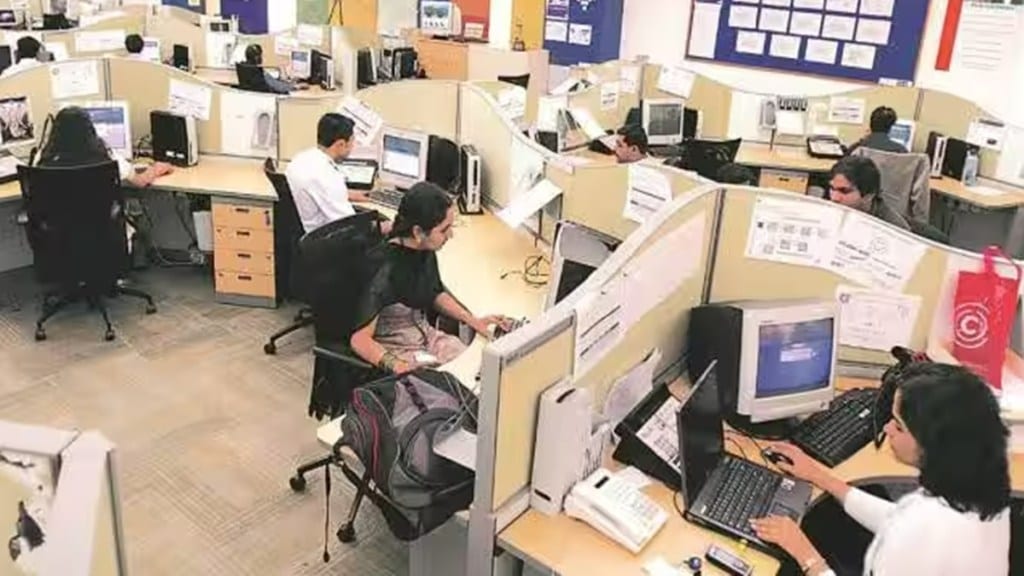The spate of resignations continues at the top level of large IT companies. On Friday, the former HR head and executive vice president of Infosys, Richard Lobo put in his papers.
The development comes just two days after another former senior executive of Infosys, Charles Salameh, was announced as the new CEO of Canada-based CaaS (Communication as a service) provider Sangoma Technologies Corporation.
Many senior-level executives at top IT companies have resigned this year. The most well documented exits are of former CEO of TCS, Rajesh Gopinathan, former Infosys presidents – Ravi Kumar and Mohit Joshi.
While, Ravi Kumar, joined Cognizant as its CEO early this year, in June, Mohit Joshi, became CEO designate at smaller rival Tech Mahindra.
Similarly, former Chief Information Strategy Officer (CISO), Infosys, Vishal Salvi, quit the company to join cybersecurity company Quickheal as the new CEO last month.
Companies like Cyient Services, Xoriant, Encora, R Systems, Citius Tech and eClerx have all seen their new CEOs taking charge this year. These new CEOs have left large IT companies like Infosys, Wipro, HCLTech and Tech Mahindra.
While many have taken up bigger roles at other companies, nine of them have become CEOs of other IT companies. Except K Krithivasan, the new CEO of TCS who was promoted internally, nine other new CEOs who took charge, are outsiders who quit their positions in tier-1 IT companies.
Amid falling attrition in the IT industry, there is paradoxically a chain of shuffling and reshuffling at the leadership level of the industry. As per Jefferies, the average attrition for the top five companies continues to be moderate and has fallen to 13% in June quarter of FY24 from 23% a year earlier.
Pareekh Jain, founder, Pareekh consulting, said, “Last seven months, nine top executives of Infosys, HCLTech and Wipro have left to become either CEO of global IT companies or smaller Indian rivals.”
Jain said, in 2022, the IT industry saw six new CEOs at IT companies, including that of Birlasoft and Sonata. But this year, already 10 new CEOs have taken charge. “This is not to say that people at the top level are quitting to only become CEOs of other companies. They are also leaving and joining in as more senior executives in other companies.”
Just like Gurvinder Sahni who joined Persistent Systems as its chief marketing officer in May this year after working with Wipro for 20 years.
The new CEOs are also driving changes in their organisations. Cognizant, the New Jersey-based IT major, which has a majority of its workforce in India, appointed six women Senior Vice Presidents (SVPs) last month. A week back, TCS, the Indian IT bellwether announced that it will have business groups based on industry sectors and geographies under the new CEO and MD, K Krithivasan.
While Mohit Joshi, CEO designate, Tech Mahindra, is still visiting and meeting clients and employees to know more about the organisation, reports have emerged that a new COO is joining Tech Mahindra.
Peter Bendor-Samuel, CEO, Everest group, said, “An interesting secular force driving both the need for new CEO’s and their subsequent organisational changes is the change in the industry. The industry is at an inflection point as it moves away from the legacy + digital modernisation stage to a digital run phase. This new reality is requiring firms to rethink their go to market and organizational approaches and in the case of many of these firms the boards are turning to new and fresh leadership to affect these changes.”
Jain added that people leaving senior positions has set off a chain reaction. “When one’s immediate boss quit a company, the colleagues close to him, sometimes find themselves in a different terrain. While the new CEO of TCS is an insider, we see reshuffling in the company internally. But in the case of Cognizant and others, because the CEOs are from outside, we see hiring from outside apart from some internal reorganisation.”

